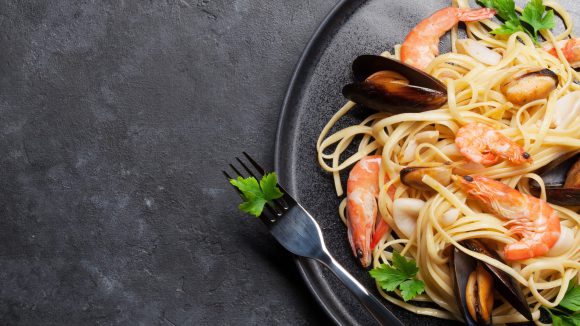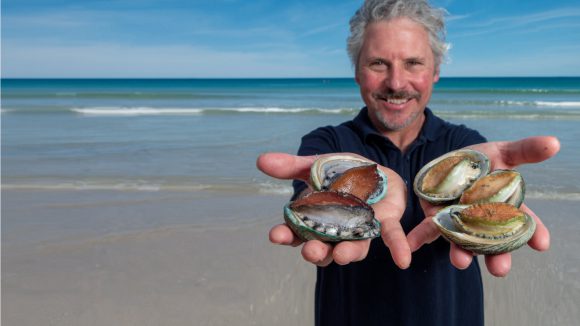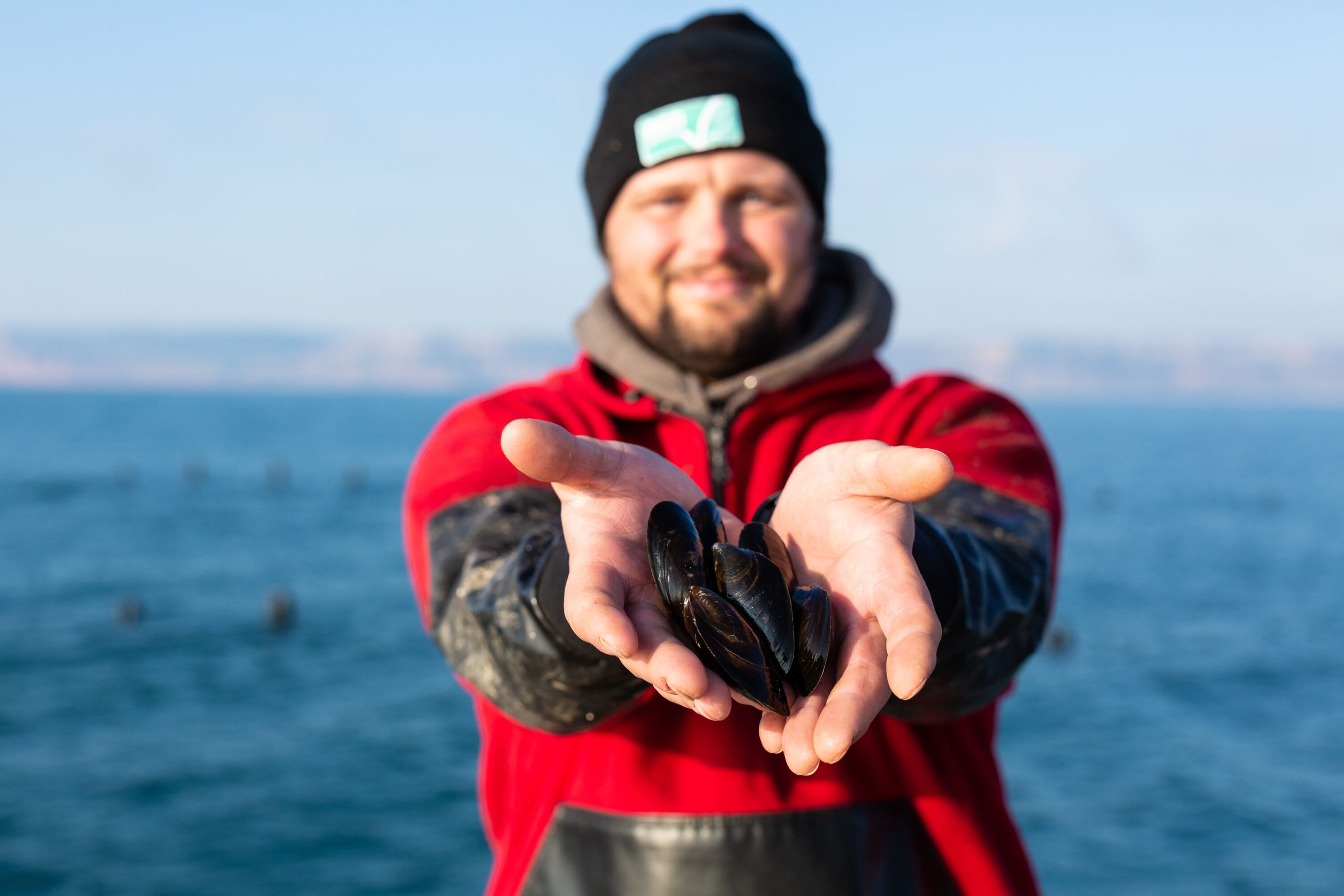
Learn more about seabream
At ASC our philosophy is that consumers deserve to know how their seafood was produced, but we also think it’s great to know a bit more about the fish we eat generally. These pages will tell you not just about the different ASC standards, but about the fish they relate to: where they can be found in the wild, how they behave, how they’re farmed, and of course, some tips on how to prepare them.
We start with seabream, which along with seabass and meagre was first certified against ASC standards last year, when two farms in Greece and Turkey simultaneously achieved certification. Since then many more farms have become certified and seabream with the ASC label is spreading to more and more shops. But how much do you know about this fish?
In the wild
When it comes to cooking, seabream is a surprisingly versatile fish, tasting delicious whether it’s baked, fried, steamed or grilled and as part of simple Mediterranean dishes or with Indian-inspired flavours.
They can be quite versatile in the wild too, and are at home throughout the Mediterranean Sea, but can also be found along the East Atlantic coasts from Great Britain to Senegal, and in a number of different marine environments.
There are a number of species of seabream, but the species that’s most often farmed is the Gilthead Seabream (Sparus Aurata). This seabream is a perciform fish – to those of us who aren’t marine biologists, that just means they’re part of the Perciformes order of fish – this is a pretty crowded group of bony fish, including some 10,000 very diverse species. Seabass and meagre are also perciforms, and have a lot in common with seabass, which is why they are covered by the same ASC standard (and can often be substituted for each other in recipes).
Just some of the areas in which seabream can be found include seagrass meadows, rocky areas, sandy grounds, coastal lagoons, and estuaries. Being quite an adaptable species, they can tolerate quite a wide temperature range from about 12 to 30 degrees Celsius, though as you might imagine from a Mediterranean species they’re more sensitive to colder temperatures: you’re unlikely to find them competing with salmon in any Scottish lochs! They’re sensitive to water quality too – fortunately the ASC Seabass, Seabream and Meagre Standard includes requirements on measuring and maintaining good quality water.
They eat plankton when they’re young and are carnivorous when adults, usually eating molluscs, crustaceans, and other invertebrates – though they’re adaptable and can eat some plants if necessary. Seabream groups can develop hierarchies, with more dominant fish attempting to gain preferential access to foods. They’re also protandrous hermaphrodites, which is a very boring and dry scientific way of saying something very interesting: they begin their lives as functional males, before becoming female later in life!
Farming seabream
Just like seabass, the farming of seabream has become a really important industry in the Mediterranean, particularly in Turkey and Greece (respectively producing 77,000 tonnes and 56,000 tonnes in 2018). But when were they first farmed?
As with much fish farming, it began with capturing juveniles and raising them in captivity, which happened a lot in the coastal lagoons and brackish ponds of northern Italy and southern Spain, but in the 1980s seabream were successfully bred in captivity for the first time, and technological advances meant that the entire life-cycle could be managed in farms.
The fact that these fish are hermaphrodites isn’t just an interesting fact: it also, unsurprisingly, complicates their captive breeding, requiring technologically sophisticated hatcheries and careful management.
Impacts of farming seabream
Farming seabream can have many of the same impacts as other fish farming, as well as others which are more specific, and they’re all covered by the ASC standard. Here is a very small selection of some of the impacts which are covered by the ASC standard…
Sensitive Habitats
Seabream is mostly farmed in Mediterranean regions, and these waters are home to several seagrass species. These seagrass meadows are vital ecosystems providing food, shelter, and nurseries for numerous species, and poorly sited or managed farms can impact these important habitats. ASC certified seabream farms can’t be sited in protected areas, or within 500 metres of seagrass meadows, and must conduct biodiversity impact assessments.
Water quality
Seabream are sensitive to water quality, which gives us a good idea of whether fish have the conditions they need to not just survive but live comfortably – dissolved oxygen is an especially good indicator of this. But other indicators can also be important – not only for seabream welfare, but also to ensure biodiversity of the body of water around the farm is not impacted. ASC certified seabream farmers are required to measure at regular intervals various water parameters – as well as dissolved oxygen that includes phosphorus and copper levels, and ensure that they remain within set limits. To ensure good water quality, farms must dispose of biological and non-biological waste properly.
Emissions
Though seabream, like other seafood, can be an environmentally-friendlier alternative to meat with a lower carbon footprint, all food production does have a footprint and ASC certified farms must ensure they do all they can to address this. This means carrying out energy use assessments and record their greenhouse gas emissions, including the emissions generated by the feed they’ve used.
Social responsibility
This one isn’t specific to seabream, but it’s still really important and a mandatory part of all ASC standards. ASC certified seabream farmers must operate their farms in a socially responsible manner. This means providing workers with proper health and safety training, and paying and treating them fairly. It also means being a good neighbour to any local communities, and proactively communicating with them.
Eating seabream
There are plenty of options when you’re looking to enjoy some seabream – and you can usually substitute it into seabass recipes as well. Our recipe pages contain lots of ideas for all sorts of different ASC species, including seabream, and we’ve picked out a few of our favourites below. Just remember to look for the ASC logo!
Explore More

Learn more about Seafood Farming
Find out how farmed seafood can help feed a growing global population, why fish farming needs to be done responsibly and how you can make a responsible choice.

Visit our Blog
Find out what’s behind the label, what’s going on in the world of aquaculture and how the Aquaculture Stewardship Council is updating and improving its programmes regularly.

The Aquaculture Stewardship Council
We run the world’s leading certification programme for responsibly farmed seafood. Learn about our Certification Programmes and our Impact.



